Many of you will remember the drama with the Japanese Green Woodpecker from Episode 93 of this Podcast. Today we return to the same park as autumn sets in here in Tokyo, the weather cools, and the autumn flowers grace us with their yearly presence. As I’ve mentioned before, the summers around Tokyo can be quite oppressive, and even when you venture out, the greenery is pretty drab and flowers pretty much die off after spring until autumn. Now autumn is well and truly here, and I’m looking forward to the trees starting to burst into colour, which will probably happen in the mountains in the nearby prefectures within the next week or so, a few weeks late because of the hot September we had. In the parks though many of the autumn flowers are now in bloom and on Sunday the 7th of October, 2007, I went back to the Jindai Botanical Park with my eyes open for some favourites. Today we’re going to look at 7 of 17 images I just uploaded from the day.
I have to admit, this visit was kind of a throw away visit. With me and my better half stuck indoors for most of the last few months, I opted to go back to Jindai against my own best judgement. I wanted to go to different park, because I know what they have, but Jindai has a few areas which are quite heavily wooded, and therefore it’s a nicer park for an afternoon walk. I figured that it would have been better to let the other half have a nice afternoon in the park having been cooped up for so long, and was ready to put photography to the back burner if the flowers I wanted to shoot were not there. I was pleasantly surprised though as the afternoon progressed, as we’ll see later. First though, I wanted to look at a few of the shots from the rose garden which Jindai is actually more famous for.
Let’s look at image number 1551, which is the center of an incredibly red rose. Here I’ve concentrated on capturing the amazingly vivid red of this rose with as accurate exposure as possible, and focussed on the stamen and bits and bobs in the center of the flower. Without doubt the theme for this particular image is the colour red. It just screams out to us, but as we’ve mentioned before it can be difficult to capture this kind of vibrant highly saturated red without blowing out the red channel. The trick here is to use an RGB histogram if your camera has it, and meter for the highlights, as we’ve mentioned before, but really be careful not to allow the red channel to actually touch the right shoulder of the histogram, meaning that it would be over exposed. You can quickly kill all detail in the reds by going over without realizing it. I was shooting in Manual Mode so I can’t tell you how much exposure compensation you need to apply, but really just keeping your eye on the histogram is the key to capturing this colour correctly. It was really bright day as you can probably tell from the image, so with ISO 100 I was shooting at 1/500th of a second with an aperture of F4. You can tell that the colour is perfectly exposed because the detail is visible in the petals for all areas that are in focus. The reds do merge into a smooth block of colour where the flower is outside of the depth of field, but that is perfectly normal. Getting the main parts in the center of the flower sharp help to keep the shot sane in this sea of colour, and on this occasion I’ve included part of the edges of the flower to give us a reference on the size of the flower head.
Now, I’m really not a classic style rose fan, as we can see from this last image, but as I was thinking this day may be a throw away photographically, I was making my most of the walk around the rose garden, and shot a few other images here too, with just one more that I want to look at before we move on, which is number 1556. Here, once again, I found the situation that I’ve mentioned before that I’m keeping my eyes open for. Basically this is a shaded main subject with a bright background, that I’ve found makes for some very nice bokeh, which is the out of focus areas of an image. I found these very pale pink roses in the shade of the trees at the edge of the rose garden, but in the background was the rest of the garden, which was fully lit by the bright sun, and so made a nice backdrop with some splashes of colour for interest. I shot this at F2.8 again for 1/500th of a second shutter speed, still at ISO 100. This wide aperture allowed the background to go way out of focus, and I positioned a foreground flower in the middle of the frame too, which creates some crazy patterns in the bokeh. If you are listening and need to catch up on the photos later, you won’t really be able to appreciate this, but there is lots of stuff going on in the blurred areas here. There is plenty in sharp focus too, as the stem and leaves of the main subject to the left are all visible and a few leaves on the right side, so it really keeps us busy looking through the various dimensions of this essentially two dimensional image. It’s the ability to separate things out like this with a wide aperture that really add depth to the image, which I really like. I shot an F4 version of this too, but to be honest there was just too much detail in the bokeh for my liking.
There are a few other images from the rose garden on line, including a pretty wacky shot of a bee in a yellow flower which really looks as though I’ve overexposed the yellow that is fully lit, but again, I was watching the histogram, and this is actually not blown out. It’s a little extreme but still a nice vivid and somewhat wacky image. I’ll put a link into the show notes to display all of the shots from the day if you want to check these out later, but let’s move on to some other shots. After the rose garden which we’d left just after 1PM we had a real steady walk through the wooded area and sat on benches, and just chatted in the mottled shade of the trees on the nice warm afternoon. Shortly before 4PM, a few walks and a few sits down later we came to an area with a few dried up dead plants and there were a number of dragon flies flitting around, seemingly enjoying the warm afternoon as much as we were. There were a few large dried up sunflowers in the middle of a patch of soil, which I’d shot with a dragonfly perched on the top flower head, but it didn’t really work out as well as I’d have liked, so I didn’t upload it. As I was shooting here though I turned around and saw another dragonfly on a dried up plant, which is what we can see in image number 1558. I’d been shooting from far away and slowly getting closer, because I didn’t know when this guy was going to have enough of me and fly away. By the way, all of the images this day were shot handheld. I had my tripod, but really didn’t need to set it up with all the available light, although I had raised the ISO to 200 for this shot, which I made with an aperture of F4 for 1/200th of a second. Talking about the light, it was actually about 90 minutes from sundown at this point, so along with the colours in the scene, the light is starting to warm up now towards the end of the day. This all helps to add to the autumnal feel of the image, which I find quite pleasing. Note that I have of course focussed on the eyes, but that has also from this angle allowed part of the framework of the wings to come into focus too, which also adds to the image.
At this point I was thinking, well, I’ve got a few nice shots of the roses and now probably have a nice dragonfly shot, so maybe today was not a throw away day after all. Plus of course I’d enjoyed a lot of lazing around and chatting with the missus, which was really nice. It seems though that at the times when you really don’t expect or hope for anything more, a situation can just present itself to you, and that is exactly what happened a few minutes after shooting the dragonfly. Let’s look at image number 1559, in which we can see the scene I’d pretty much stumbled across. I said earlier that there were some flowers that I’d been hoping to shoot, and one of those types of flowers is the cosmos flowers we can see here. This is just a small patch of the flowers, maybe about 25 feet by 15 feet, or 8 by 5 meters, but it was enough to make some great images that I’m really pleased with. The other amazing thing here is that as we can see, the low sunlight was shining through a small gap in the trees behind the cosmos patch, which was actually right near where I shot the woodpecker shots a few months earlier. This was really magic light and only lasted about 10 minutes, so I was really lucky to stumble across this patch right at this time, totally unplanned and totally welcome.
So let’s talk about the image itself. We can see that I’ve got down low here to include a patch of darkness which is the shade of the trees behind the flower patch. The sun is hitting the cosmos flowers themselves head on though, so there is some great contrast yet the frail flowers are perfectly lit by the warm sun. This is really effective, and I really couldn’t have wished for better conditions. The flowers themselves as well were just at the right level of blooming. There were very few dead-heads, or wilted flowers. The mix of pinks whites and purples as well is very effective. Had this been a field of all the same colour flowers it might not have been quite this effective. I’d dropped the ISO back to 100 here, as there was plenty of light, and was shooting with the 70-200mm F2.8 with the 1.4X extender or tele-converter at this point. Shooting at 280mm I was able to select a number of number of patches of flowers and just shoot away making images.
Let’s move on to image number 1562, in which we can see another patch of flowers. Here I’ve removed the 1.4X extender and shooting at 200mm with the aperture wide open at F2.8 for 1/400th of a second. I’ve included some flowers in the foreground for what I call foreground bokeh, a trick that I often employ to add a soft dreamy look to my images. To be honest, looking at this image after the event, I’m also wondering if there is a little ghosting maybe caused by the sun hitting the front element of the lens. I was not aware of this at the time and I don’t think the sun was quite that low in the sky, but the effect does look a little like a spot of ghosting. If that’s what it is though, I’m certainly not worried about it, as in this case it really seems to add a warm kind of depth to the right side of the image where we can see a myriad of flower heads coming through the softness, in focus enough to be of interest, but not totally in focus. On the left third we can see the largest flower head of the shot on which I’d obviously focussed, but this is accompanied by a four taller stems, two with flowers and two with flower buds, which really balances the image out nicely. There’s just so much going on in this image, and yet it still retains a dreamy late afternoon feel, which I’m over the moon with.
In the next image, number 1564, we see a whole new look. Here I selected a patch that was almost totally in the shade now, with just a splash of light hitting the main subject, a flower on the top right third intersection. This time we have a really pastel colour effect across the background with that really well balance pink, white and purple mix of flowers again. The light is also catching the stalks of the main subject and a few around it, adding contrast to the right side, and again a little more interest. The tall flower on the left side is slightly out of focus, but notice how I’ve made sure that purple flower to the far left is neatly in the image along with the taller flower to its right, which also add balance to the shot. Of course, as I’m now shooting the shaded flowers, I had adjusted the exposure as necessary. Still shooting with the 70-200mm F2.8, I selected an aperture of F4 and shutter speed of 1/100th of a second, and still at ISO 100.
With all the verticals in this image, I figured it would be nice to try a vertical aspect as well, which is what I did for image number 1565. In this shot we see more of the partially lit flower and its stems to the right, and I’ve just about got that purple flower to the left in as well, but the taller flower to its right is there almost mirroring the main subject on the opposite side, again maintaining the balance of the image. Because of the vertical aspect now we also see more of the background and so there are lots and lots of patches of colour to the very top of the image. Again this has the same pastel-like colours because the majority of the scene is now in shade. Also note that I have adjust the exposure again, changing the aperture to F3.2 and the shutter speed to 1/160th of a second at ISO 100.
You can tell here that even though I’m shooting in Manual Mode, once I have the scene metered and checked the histogram to make sure nothing is clipping, it’s easy to make small modifications just by counting the clicks either side of the same settings. For the last image I was shooting at F4 for 100th of a second, so I’d basically just opened the aperture up by two clicks of the dial to F3.2, and moved the shutter speed by two clicks faster to 1/160th of a second ensuring that the same amount of light hit the sensor as with the previous shot.
Many people shy away from Manual Mode but really, once you get used to it, it can be your friend. I probably use it more often than necessary because I’m so used to it, but in difficult lighting situations it really saves a lot of trouble. In the first two pictures of these cosmos plants that we looked at with the very dark background, there is no doubt that the camera would have metered the dark seen and tried to brighten it up, and totally blown out the flowers, rendering the shot useless. We can of course use exposure compensation, but then as we point the camera down and include more of the foreground, the meter would take a new reading and we’d have to reduce the amount of compensation. When using manual though once the camera is set to expose the flowers correctly I can include just one flower against a black background, or fill the frame with the flowers, and nothing changes. This allows me to concentrate on shooting not exposure once the initial settings and histogram checking is done. This is of course until the conditions change, like when I switched from the backlit flowers of the first two shots to the shaded pastel colour flowers in the last two shots, when I have to repeat the process. I’d have to do the same using aperture priority mode and exposure compensation though, so I’m still confident that Manual Mode is easier here, once you’re used to it. If you doubt me, give it a try the next time you have some challenging light. It will definitely help, even though it might be a little scary at first.
Anyway, bumping into this incredible light with the flowers are just the right stage in their blooming, even though I’d almost given up on the day really was a bit of luck. As we’ve said before, being prepared and being observant is always going to be necessary. Without finding the subject and having the right gear to capture it no amount of luck will help, but still, I felt privileged to have stumbled across this patch of flowers at such a great time of day and with them in such good condition and ending up with another few great images for my portfolio.
Start Ending: So, that’s about it for today. I hoped you enjoyed joining me in the Jindai Park again. I just wanted to quickly mention the Hokkaido Workshop next year again before we finish. For those of you that are new or haven’t listened to the respective episodes, I’m going to be running a photography workshop in Hokkaido next January, and I’m currently looking for people interested in joining us. It’s going to be the trip of a lifetime, not only because of what you’ll learn, but also because of the location. We’ll spend almost five days travelling around north-eastern Hokkaido in the peak of the Winter, so it will be a total winter wonderland. We’ll see the majestic Japanese Red-Crane Cranes, Steller Eagles, White Tailed Eagle and Ezo Deer and possibly some other wildlife. We’ll take in some landscape work as well, in this beautiful winter location. For full details and to book your place, go to www.mbpworkshops.com and also listen to episode 103 of the Martin Bailey Photography Podcast in which I went into full details. I’m looking forward to seeing you next January in my favourite place on earth, Hokkaido.
Also, a quick mention that the Documentary/Photojournalism Assignment is now closed for entries and voting is turned on until the end of Sunday October 14, just about anywhere in the world. At that point I’ll create next week’s podcast to announce the winners and to announce the theme for the next assignment, so stay tuned for that. Please do go over to www.mbpgalleries.com to vote as well. There are some great images in the assignment gallery which you can find just over half way down the top page. I also have one quick reminder about the Member Galleries Web site where members share your own images and critique each others’ work. It seems that some people haven’t seen the note on how to create your own album, and are uploading all of your images to the “Critique Me!” album, which should really only be used to upload image that you really want feedback on. I’m not singling any one person out, but I just want everyone, including future members to understand that you need to create your own album before you will have something to upload to. I know it’s not always all that intuitive though, so I thank you for your patience and cooperation.
And that’s about it for today. So with that, all that remains to be said is thanks for listening, and you have a great week, whatever you’re doing — Bye-bye.
Show Notes
Many of you will remember the drama with the Japanese Green Woodpecker from Episode 93. Today we return to the same park as autumn sets in here in Tokyo, the weather cools, and the autumn flowers grace us with their yearly presence.
The music in this episode is from the PodShow Podsafe Music Network at http://music.podshow.com/
Subscribe in iTunes for Enhanced Podcasts delivered automatically to your computer.
Download this Podcast in MP3 format (Audio Only).
Download this Podcast in Enhanced Podcast M4A format. This requires Apple iTunes or Quicktime to view/listen.



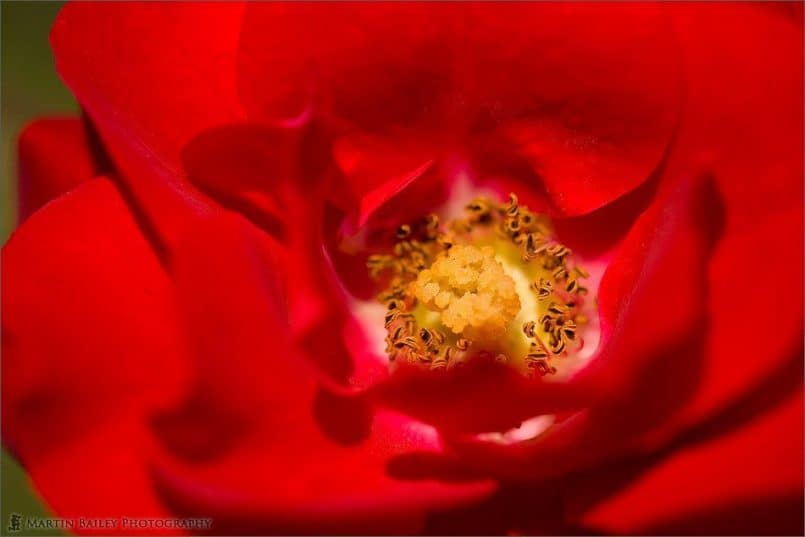
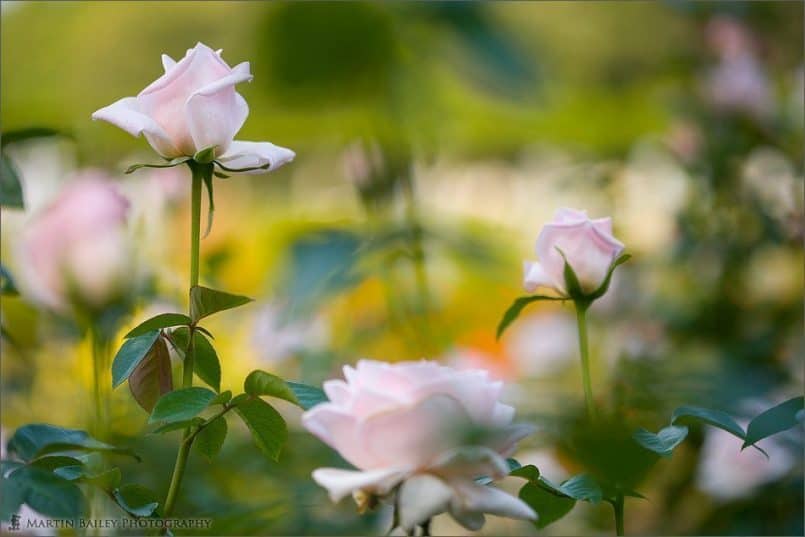
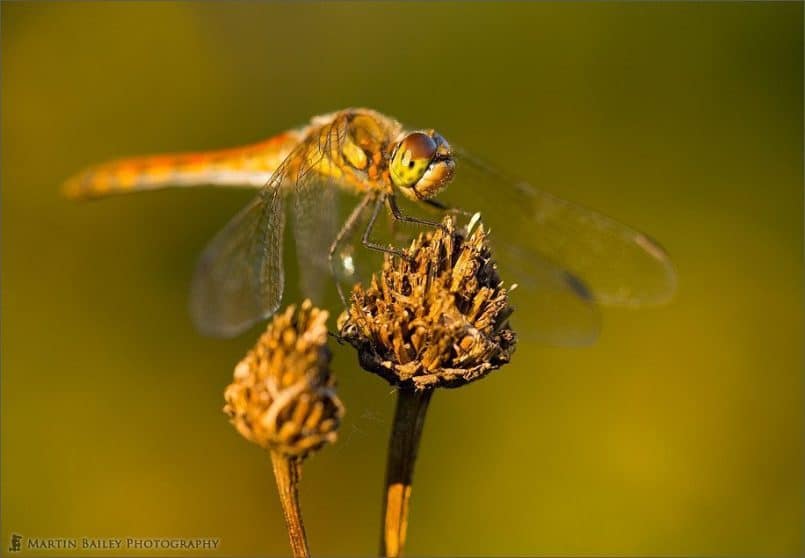
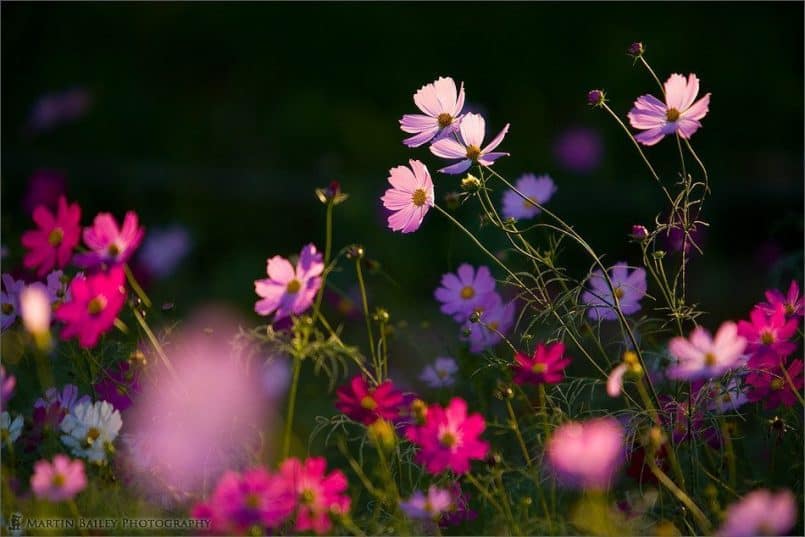
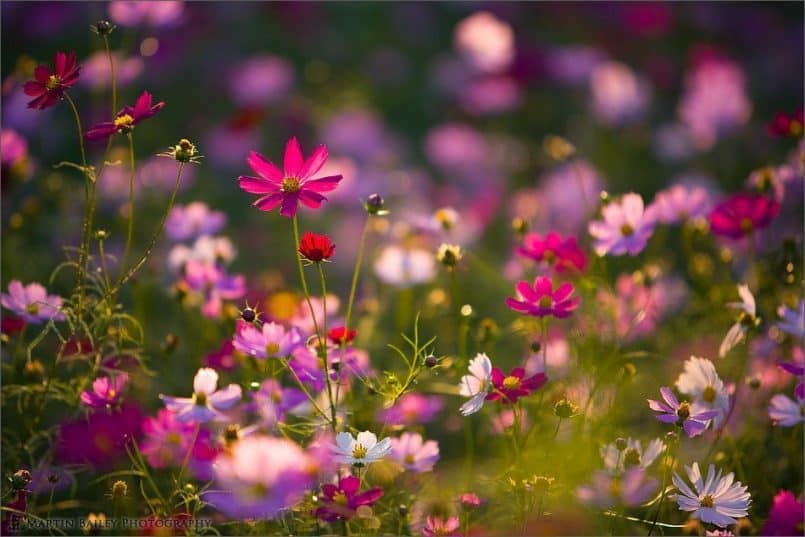

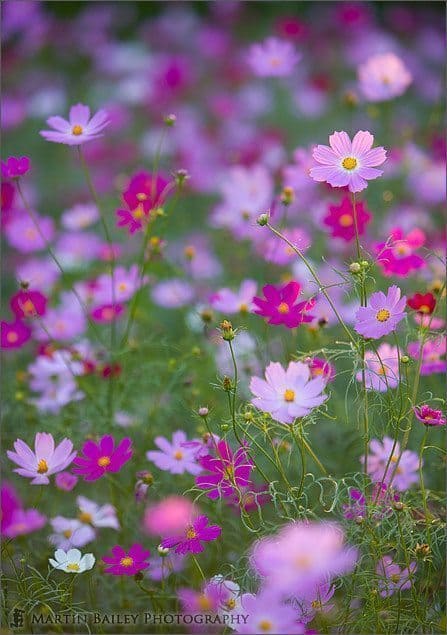

0 Comments